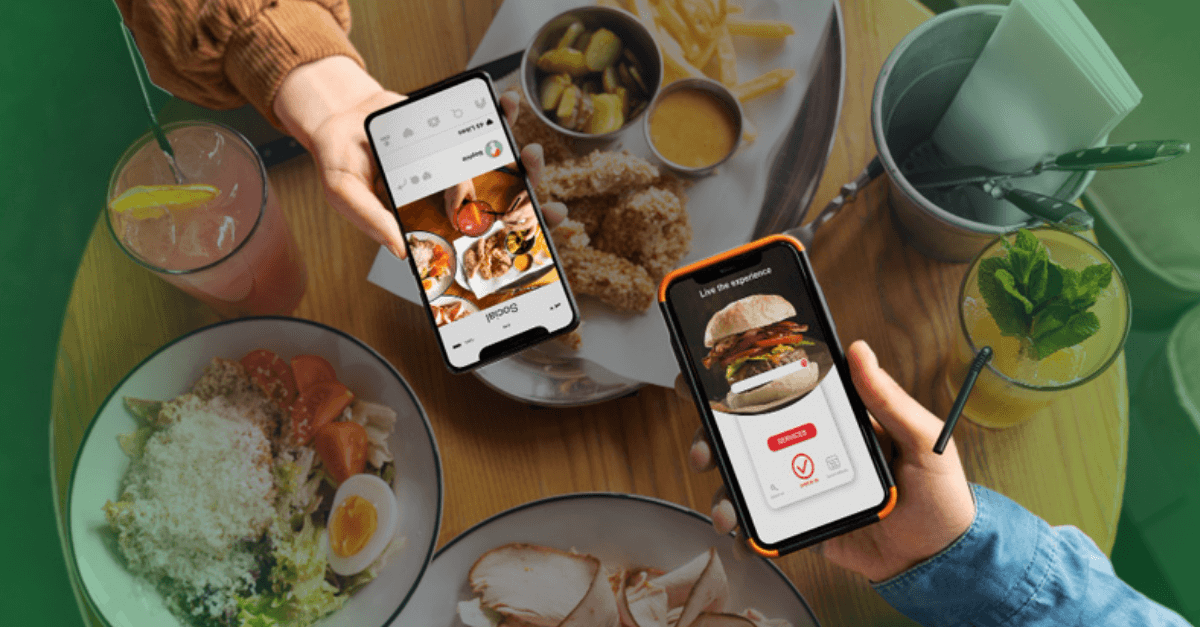Thankful for Successful Ad Creatives: How to Utilize Data Analytics to Optimize Consumer Engagement
In the dynamic and ever-evolving world of marketing, data analytics emerged as an indispensable tool, enabling brands and advertisers to delve into the depths of consumer behavior and preferences. By harnessing the power of data, brands and advertisers can gain unique insights that lead to more innovative ad creatives. Additionally, these insights help brands and advertisers craft increasingly targeted campaigns, and ultimately optimize consumer engagement.
As we head into the holidays, here's a look at a few ways your organization can make the most of your data and creative assets.
Let History Lend a Helping HandHistorical data serves as a treasure trove of knowledge about consumer behavior. It can provide a rich tapestry of insights into audience preferences, engagement patterns, and the types of evolutions campaigns underwent - and subsequently which changes delivered the highest returns. By carefully analyzing this data, brands and advertisers can uncover patterns and gain a deeper understanding of their target audiences.
Additionally, past data tells an accurate story of the consumer journey. It reveals the path customers take when interacting with a brand, showcasing any areas that are hurdles or present friction. For example, MobileFuse worked with sunglass brand Sunglass Hut and identified higher CTRs and engagement rates during inclement weather across a number of campaigns via our MobileFuse Insight Report. For the next campaign we harnessed this data, implementing weather targeting during inclement weather only. This produced even more user engagement, despite inclement weather seeming counterintuitive for a sun focused product.
Leveraging Insights to Drive New Creative ProductionWhile historical data stands as an excellent resource, it's also important to observe real-time feedback and push for continuous optimization and refinement of campaigns.
By understanding audience preferences and behavioral patterns, advertisers can craft personalized and targeted messaging that resonates best. This approach increases engagement and conversion rates, as consumers feel more connected to the brand and its offerings. A realistic example would be local shopping centers promoting black friday or cyber monday deals, or upcoming winter holiday sales. The creatives can be developed in an interactive format, enabling consumers to navigate through specific content to learn about whatever interests them most associated with the deals. Another example would be a grocery store running a mobile ad that looks like a holiday recipe; users can engage with the ad and see real-time prices of the necessary ingredients, and where to purchase them.
Additionally, real-time data can help by enabling advertisers to understand where their audiences actually are. This allows them to target campaigns geographically and reach consumers when they are most receptive to messaging. Location-based targeting is particularly effective for promoting local businesses, events, or products with a specific regional appeal.
As data collection and analysis technologies continue to evolve, the role of analytics in optimizing creatives and campaigns will become increasingly impactful. Advertisers who embrace historical insights, and marry them with up-to-date data-driven strategies will be positioned to navigate consumers' evolving preferences and behaviors. They will be able to deliver unique creative experiences that drive engagement and desired business outcomes.
For some real-world examples of how we've utilized data for creatives, check out our creative showcase page.






